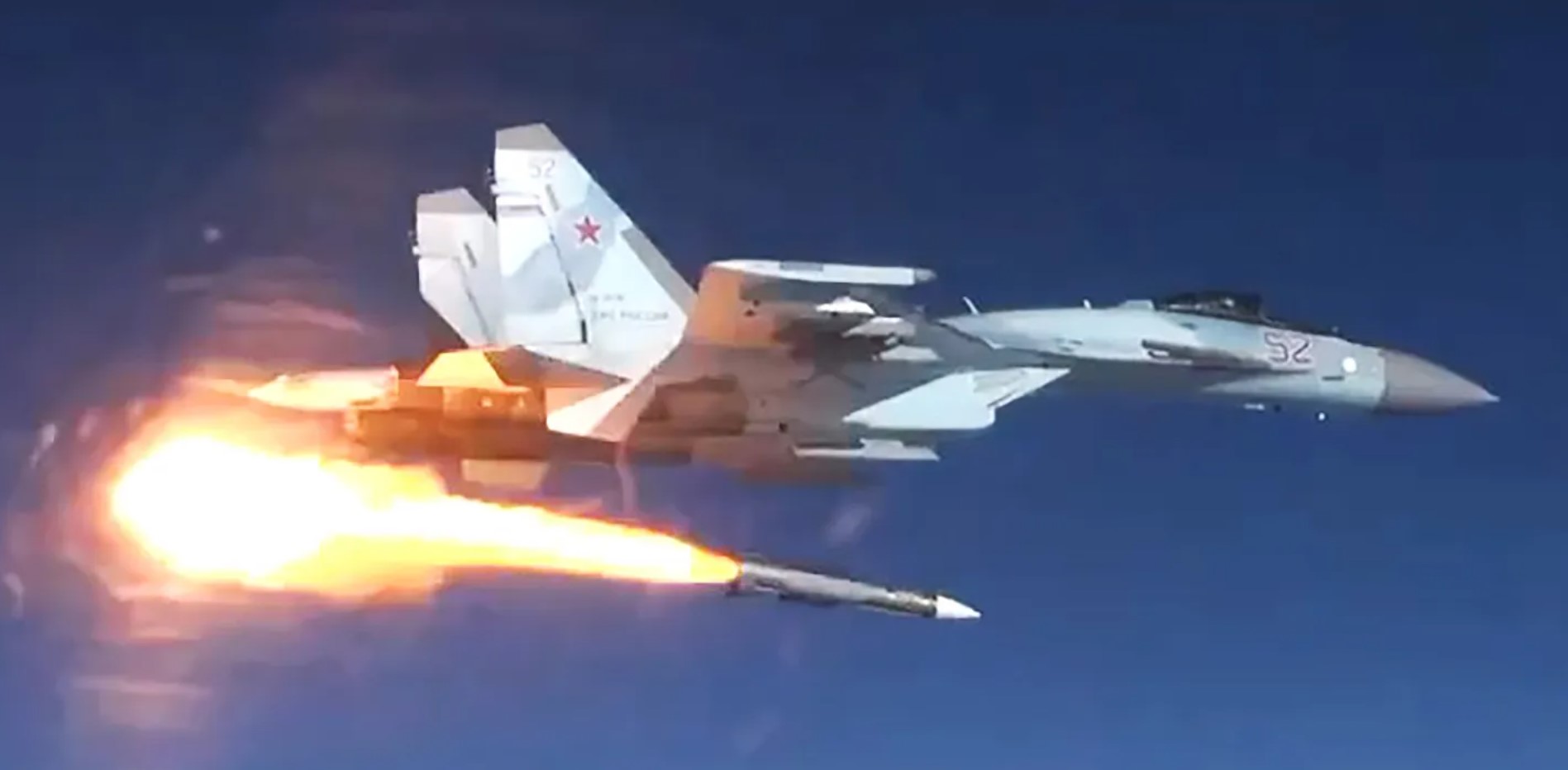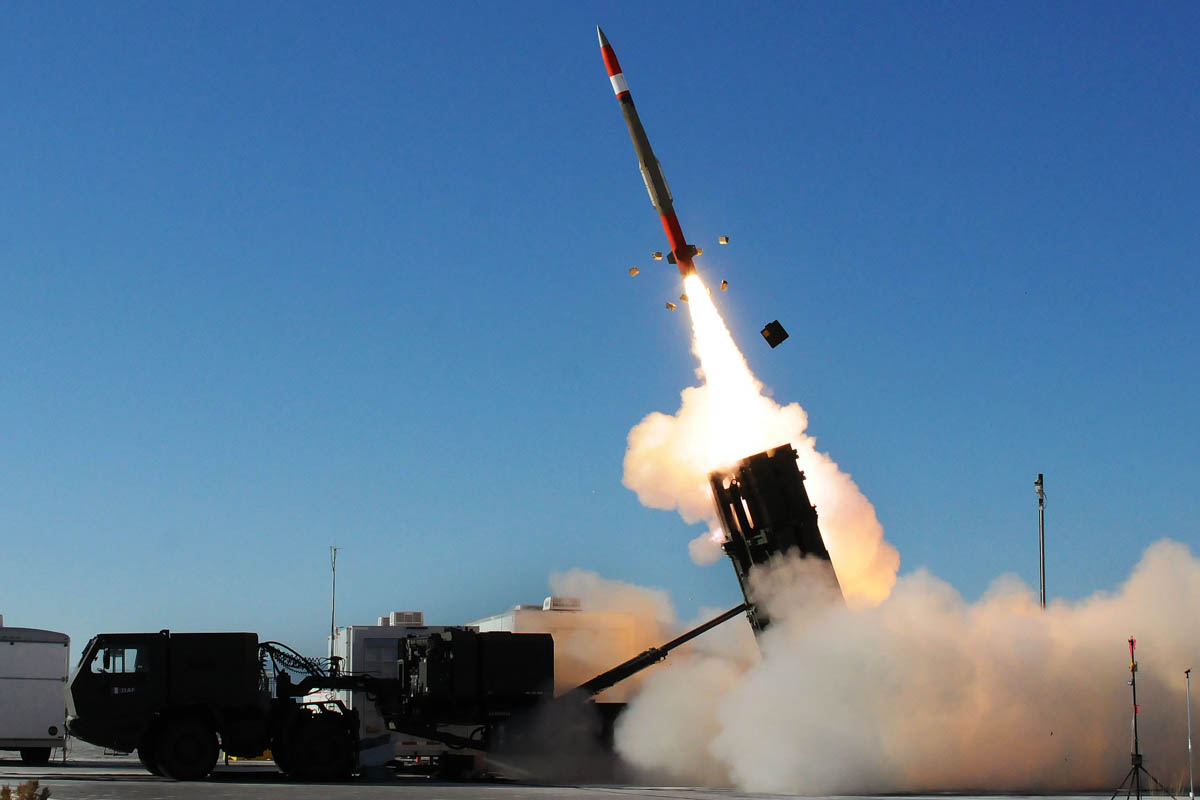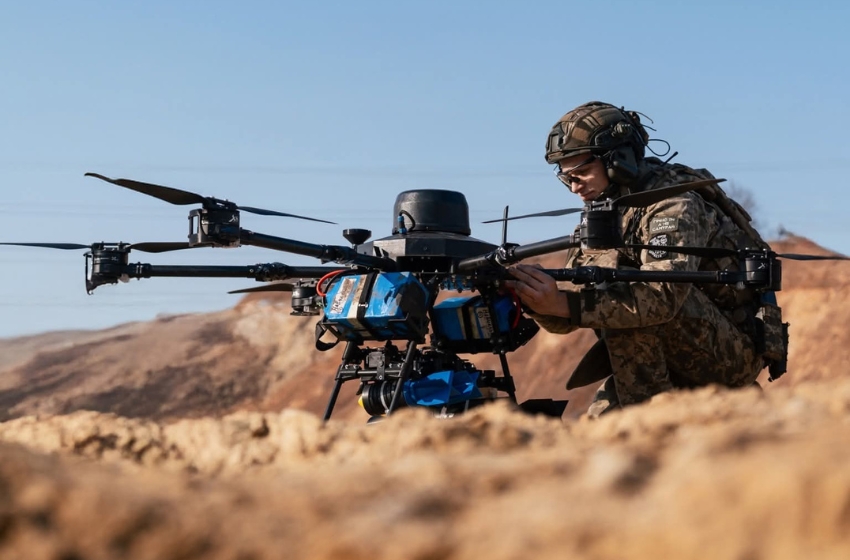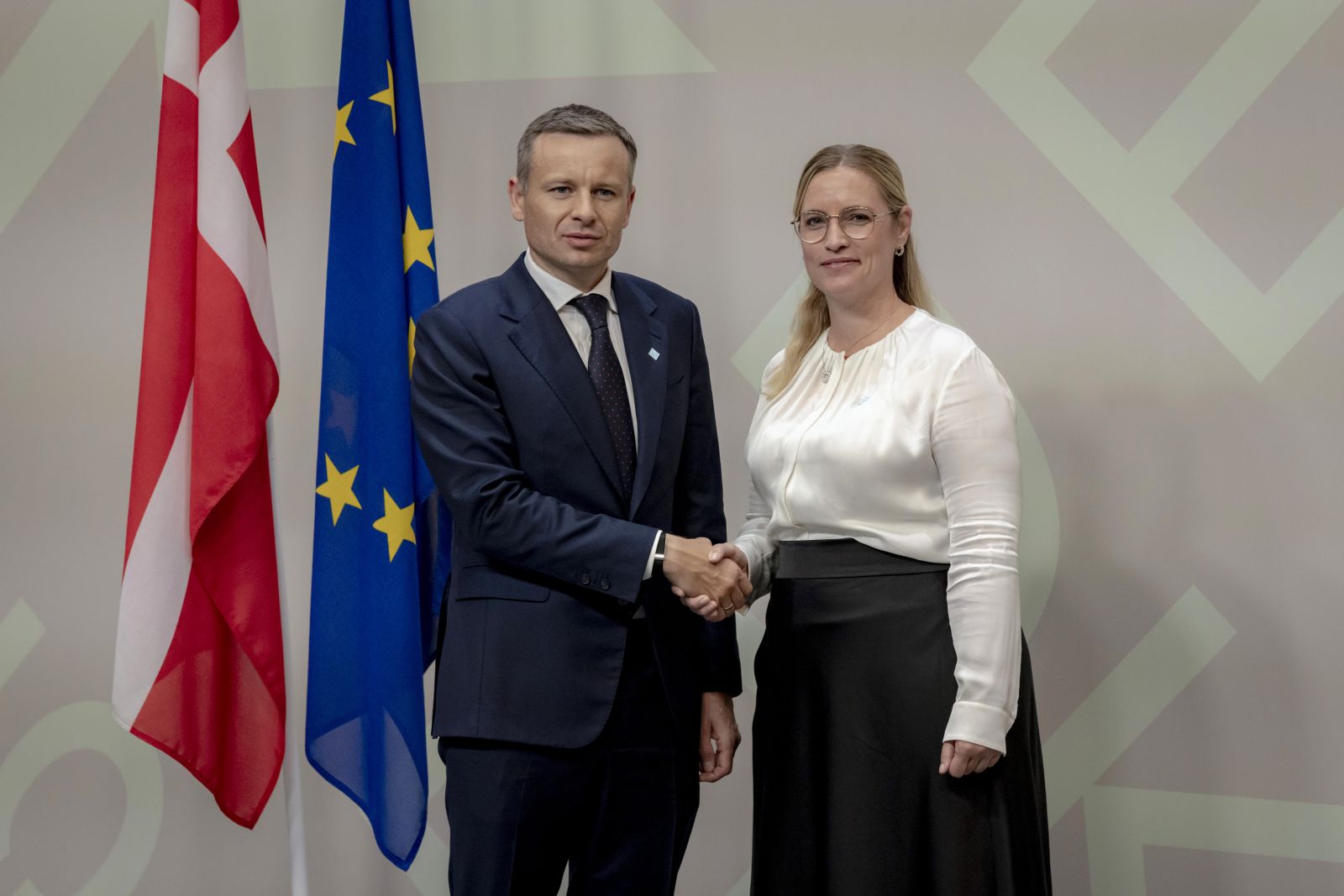On the night of April 22, Russian forces carried out the most massive drone attack on Odessa using Shahed-136 kamikaze drones since the beginning of the full-scale invasion of Ukraine. At the moment, it is known that 28–30 drones were used. The previous record-setting raid took place on March 20, 2025.
It should be noted right away that this attack differed little from previous ones, except in scale. That is, the Russian forces tried to break through Odessa’s air defense by using the already familiar tactic of flying at unreachable altitudes and overwhelming with numbers.
In addition, it is worth pointing out that over the past month, Russian forces carried out smaller-scale raids with small groups of drones, sometimes following very strange trajectories—likely an attempt to identify the locations of air defense systems and map out the safest routes for the kamikaze drones.
Last night, the Russian forces used their now-familiar tactic of raising Shahed-136 drones to altitudes of 2,000–2,500 meters, at which point mobile anti-air groups armed with DShK or Browning M2 machine guns are powerless. At such heights, only anti-aircraft systems can shoot the drones down—systems like the Gepard, or short-range air defense systems such as the S-125, Strela-10, and OSA (after appropriate upgrades), as well as Western systems like the Crotale, Alvis Stormer, L3Harris VAMPIRE, and many others. The very systems we critically lack…
Approaching the city from the Black Sea in groups of 3–6, the Shahed-136 drones would sharply dive onto their targets at speeds of 300 km/h or up to 90 m/s. Such dives have again stirred up speculation among some non-specialist monitoring channels, as well as Russian platforms, about the use of jet-powered Shahed-136 drones. But no—there were no jet-powered Shahed-136s. That speed is simply achieved during the dive from altitudes of 2,000–2,500 meters.
Russian propaganda is also spreading the claim that a reconnaissance drone based on the Shahed-136, without a warhead, circled over Odessa for an hour, allegedly for target illumination and route calibration for the swarm that was forming at a safe distance from the coastline. It should be noted that such a drone was indeed spotted over the city around 10:00 PM, but by around 10:30 PM it had already gone into a dive—an attack dive. So no, it wasn’t circling for an hour; it was ultimately used in a strike.
Otherwise, the tactic of attacking in small groups from various angles, originating from the main concentration area over the Black Sea, is nothing new. The key difference this time was the scaling.
This again forces us to speak not only of the need to cover Odessa with a sufficient number of anti-aircraft guns and systems, but also the need for alternative means—attack helicopters and turboprop strike aircraft.
But we’ve been talking about this for quite a long time already, and, as far as is known, requests have been sent to our partners since 2022—for example, for light attack helicopters like the Bell AH-1Z Viper. But nothing has come of it…
It is obvious that Russian forces will continue trying to scale up attacks on individual cities. Therefore, we should not rule out an increase in the number of Shahed-136 drones in such strikes—it will happen. If there were 28 drones last night, then in a month it could very well be a swarm of 35–40 kamikaze drones.
And if anyone still clings to the illusion that Putin might stop his terror campaign against Ukraine’s rear areas with Shahed-136 strikes and that some kind of ephemeral “truce” might emerge—then the next raid involving fifty kamikaze drones should bring them back to reality.





















